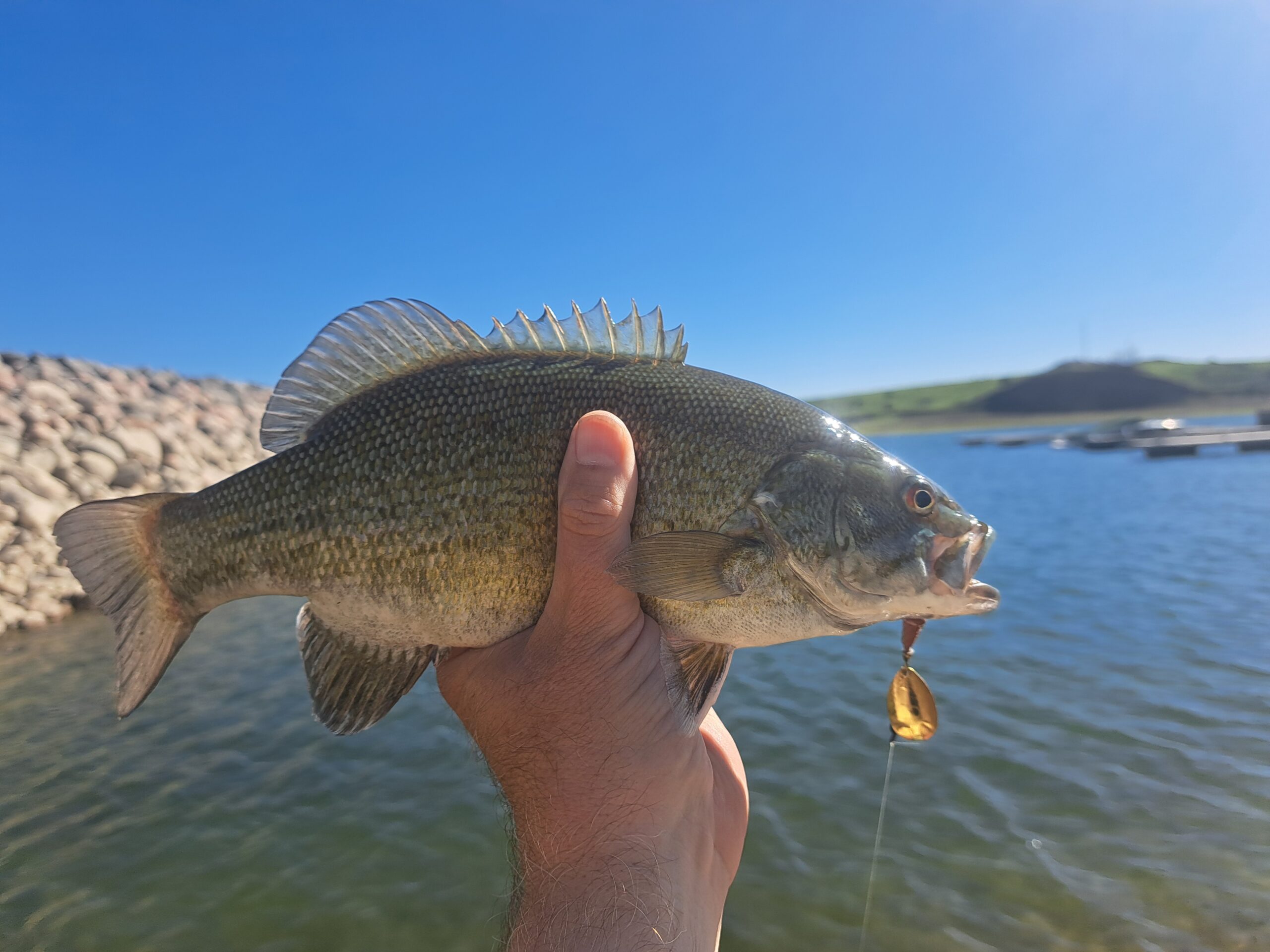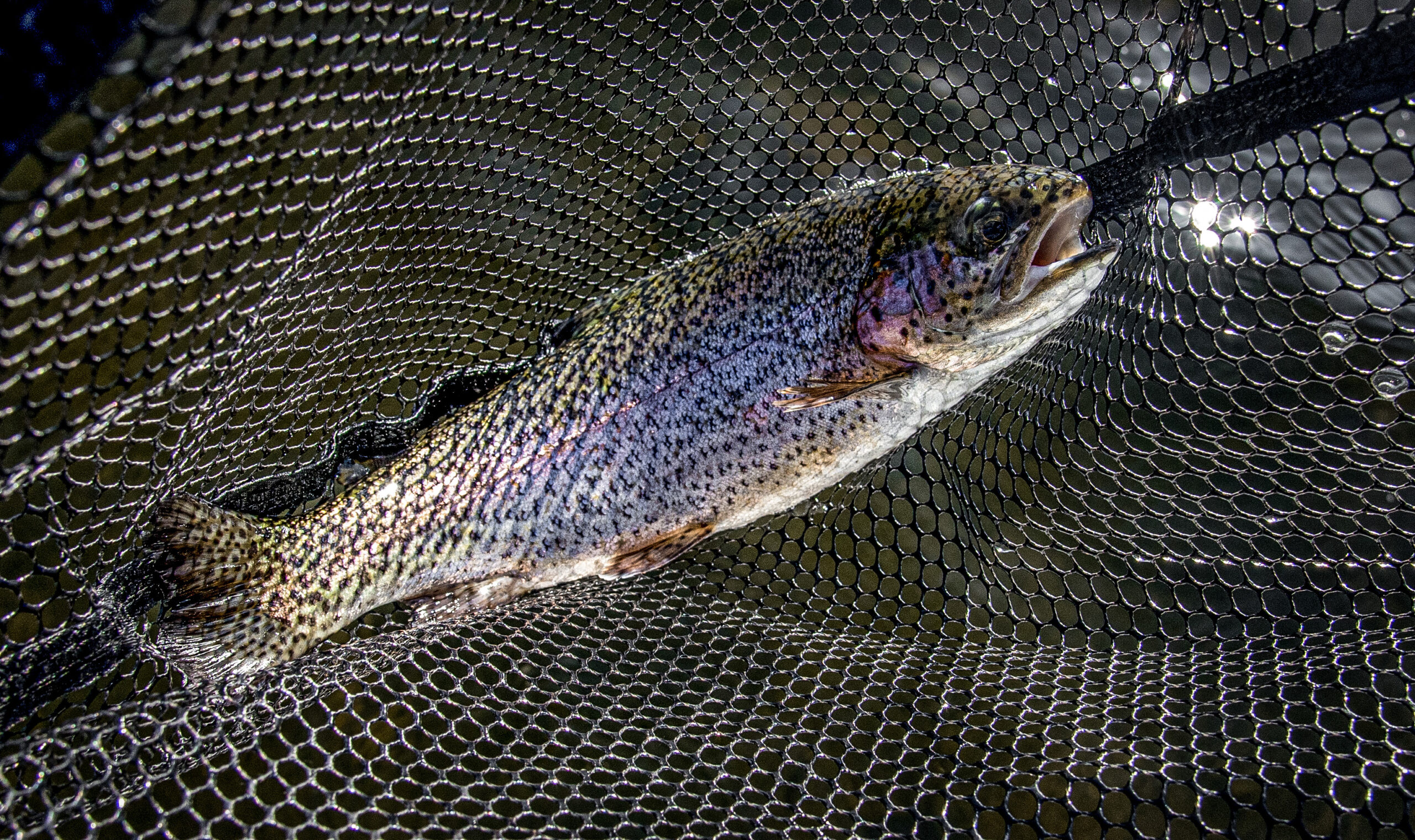Big lakes often mean big opportunities and Fort Peck Reservoir, located in Northeast Montana, qualifies in that regard. This huge impoundment of the Missouri River was formed when Fort Peck Dam was built in the 1930s. The lake is 134 miles long and with 1520 miles of shoreline, it is larger than the length of the California coast.
There are fifty different species of fish swimming in the waters of Fort Peck Reservoir, and one of the most important is the cisco, introduced as a forage fish for walleye and lake trout by Montana Fish Wildlife and Parks in 1984. The cisco population is thriving now and so are a variety of species that feed on them.
Today anglers flock to Fort Peck from spring into the fall for a variety of fisheries. The most popular of them being walleye, which can grow to a huge size here. Jason Mundel is a top walleye tournament angler in Montana who hauled in a 17.76-pound behemoth earlier this year, just missing the state record of 18.02 pounds. Mundel says he is certain the big female was over the limit when he netted it but when it was brought into the boat it began rapidly squirting eggs all over the place. By the time Mundel was able to weigh it and photograph the weight, it was down several ounces, to the still impressive weight of the big hen. He then released to finish spawning.
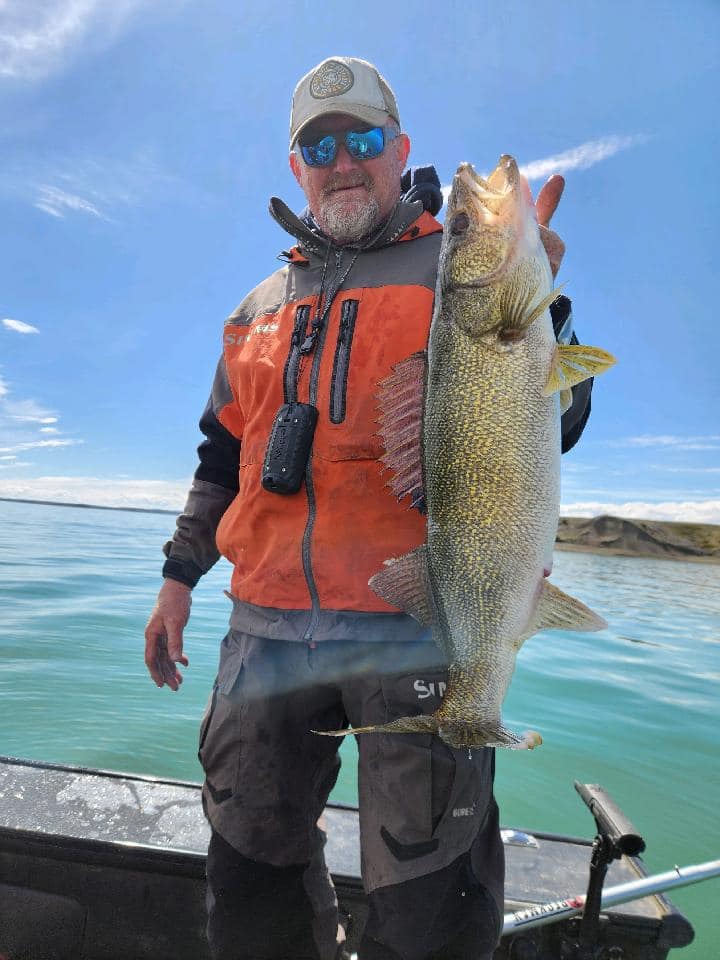
Mundel lives near Fort Peck and spends lots of time fishing in the reservoir (147 days last year). He likes to work long primary points and secondary points and uses sonar to find schools of Cisco. Once he finds the bait fish, he usually finds several different species in the same area feeding on them including walleye, northern pike, and smallmouth bass.
Mundel likes to cast paddle-tail jigs to the fish in the spring and will transition to trolling spinner worm harnesses behind bottom bouncers as the waters warm up over 55 degrees. The northern pike as well as the walleye are often caught with live bait. You are not allowed to use the ciscoes found in the lake for bait, but you can use fathead minnows, creek chubs, and shiners which he will simply fish in a dead-stick fashion, dropping them towards the bottom (but not on it) from the side of the boat. As spring turns to summer topwater baits can be very effective for both the smallmouth bass and pike.
Lake trout are another option. In the spring they will be found in relatively shallow water (15 – 20 feet deep) feeding on the ciscoes along with the bass, walleye, and pike. As the waters warm though, the Mackinaw head to deeper water. The Mackinaw run big here, up to 38-inches, according to Mundel.
In these deeper waters, you will also find Chinook salmon as well as coho salmon, all stocked in the lake from a hatchery below Fort Peck Dam. Mundel will troll using downriggers and flashers in front of his bait or lures to catch all three species.
The salmon can get big here. The state record Chinook a 32-pound specimen, as well as the state record coho, a 4.88-pound salmon, both caught out of Fort Peck Reservoir. Speaking of state records, the current record smallmouth bass, sauger, saugeye, shortnose gar, and freshwater drum were also caught out of this big lake.
The primary access points for most anglers are near Fort Peck south of Glasgow which is almost all paved. Another option is Hell Creek Marina north of Jordan where you’ll travel 25 miles over gravel roads to get to the marina. There are campgrounds and boat launches at both locations. Additional access is available from Glasgow, Malta, and Highway 200 near Jordan though these roads can involve lengthy routes over gravel.
If you are looking for places to stay, eat, recreate and more in Montana’s Missouri River Country check out the local tourism bureau’s website at www.missouririvermt.com and be sure to ask for a free travel guide while you are there.
FORT PECK INTERPRETIVE CENTER
If you are fishing out of the Fort Peck area, you really need to make the time to visit the Fort Peck Interpretive Center. This first-class museum is operated by the U.S. Army Corps of Engineers and tells a variety of stories.
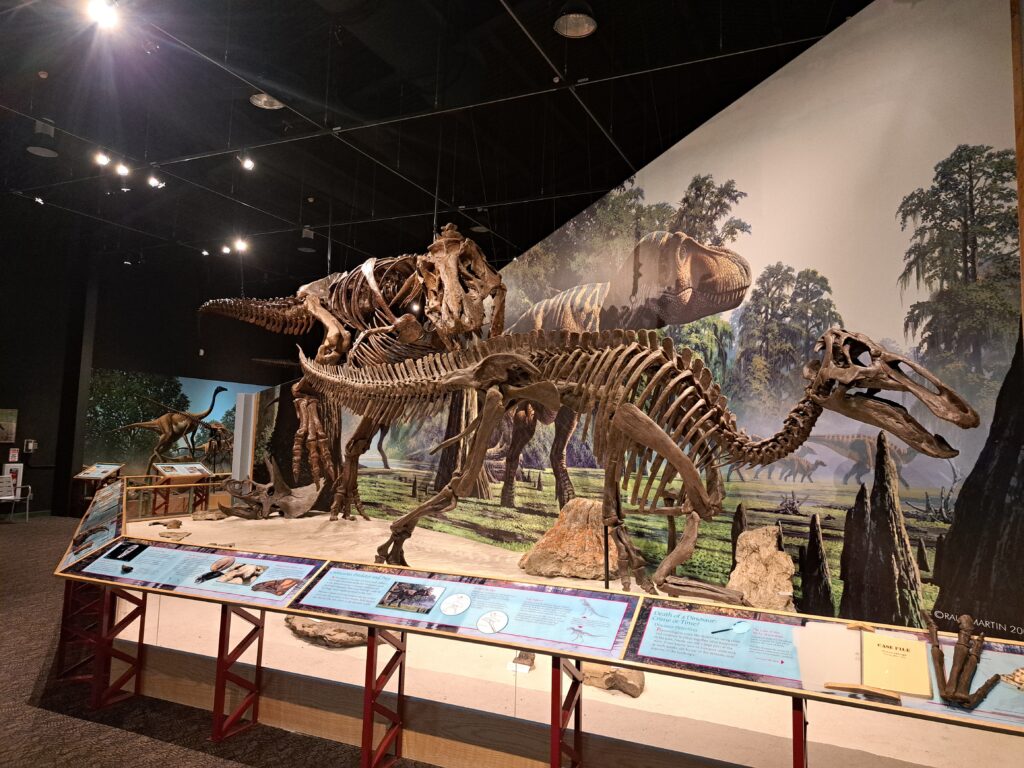
The biggest attraction is the story of the reptiles that lived here 65 million years ago. The Interpretive Center is part of Montana’s Dinosaur Trail. Two fossilized Tyrannosaurus Rex skeletons have been found near here. One is now on display at the Smithsonian Museum and the other can be seen at the Museum of the Rockies in Bozeman but replicas are on display here. Several other fossilized skeletons and replicas of dinosaurs and prehistoric marine reptiles can also be seen here.
The fish and wildlife found in and around Fort Peck Reservoir and the Missouri River are also on display. Fish can be seen in two large glass tanks and taxidermized animals can be viewed in an impressive diorama.
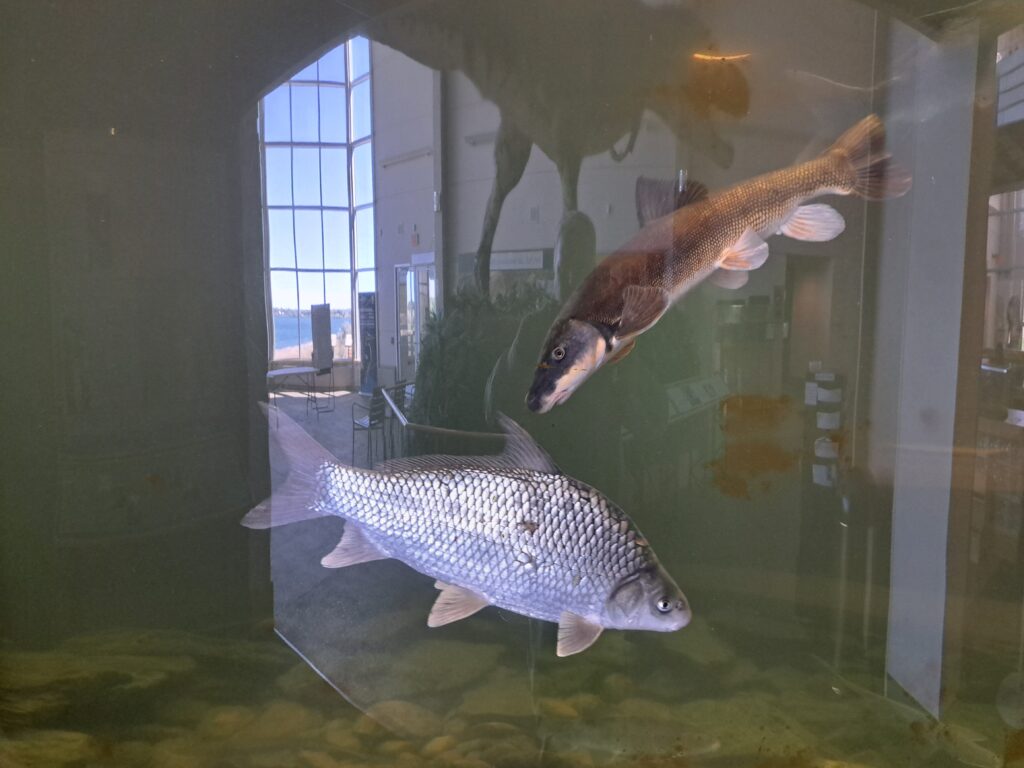
Finally, the Interpretive Center tells the story of how the dam, called the largest hydraulically filled earthen dam in the world, was built and how the community of Fort Peck came to be. The interpretive center is open from Thursday through Monday from 9 AM to 4 PM between Memorial Day and Labor Day weekend. There is also a nice campground and up to a two-mile-long nature trail adjacent to the Center.
John Kruse – www.northwesternoutdoors.com and www.americaoutdoorsradio.com





